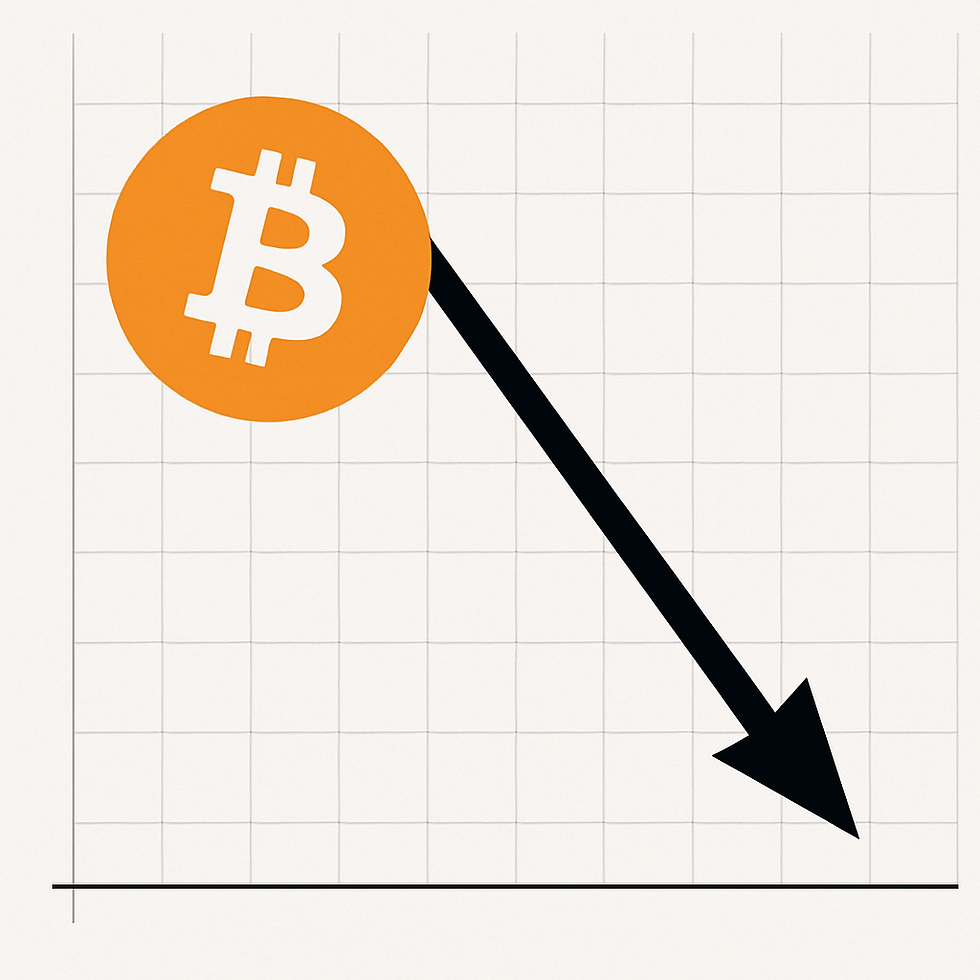The Tanya: The Soul Must Ascend or It Descends
- WireNews

- May 4
- 4 min read
Updated: May 10
by Ram ben Ze'ev

In Pirkei Avot (1:13), we find a striking statement: "כל המרפה עצמו מדברי תורה, יש בו אשמת נפש" (Kol hamerpeh atsmo midivrei Torah, yesh bo ashmat nefesh)—“Anyone who relaxes his effort in words of Torah bears guilt for his soul.” Though the language is measured, our sages understood this as a profound spiritual warning: to let go of growth in Torah and service of Hashem is to endanger the very vitality of the nefesh. The soul was created to ascend; when it ceases to rise, it begins to wither. This core teaching underpins the reflections that follow.
In Tanya, particularly in chapters 15 and 26–29, the Alter Rebbe explains that a person must constantly strive for השתדלות (hishtadlut, effort) in Divine service, because the very essence of בינוני (beinoni, spiritual average person) status—the spiritual goal of the average Jew—is ongoing struggle. Stagnation, in Tanya, is equated with spiritual regression. As the Alter Rebbe puts it:
“If his service is not with toil, it is not called serving G-D at all.”
The beinoni, who may not sin but still faces an inner battle daily, must exert himself constantly to transform his לבושים (levushim, garments of the soul: thought, speech, and action) into pure vehicles for holiness. If he does not actively wage this internal war, then even if he does not sin, his lack of growth becomes a failure of purpose.
This is why Tanya confirms the idea that the soul’s task is not to coast through life, even on a plateau of righteousness. A soul that stops climbing inevitably begins to fall, because this world is a place of concealment—עלמא דסטרא אחרא (alma d’sitra achra, world of the other side)—where the pull of materiality is constant. Remaining passive allows the קליפות (kelipot, husks of impurity) to reclaim lost territory.
The Holy Zohar: Light and the Necessity of Ascent
The Holy Zohar (הזוהר הקדוש), particularly in Vayikra (ויקרא) and Tzav (צו), teaches that the soul is like a flame. Just as a flame naturally rises upward and cannot remain still, so too the נשמה (neshama, soul) longs to cleave to its Source, the אור אין סוף (Or Ein Sof, Infinite Light). If the soul is not nurtured by תורה (Torah) and מצוות (mitzvot, commandments), it flickers, dims, and ultimately becomes engulfed by the forces of separation known as the סטרא אחרא (sitra achra, the other side).
The Holy Zohar explains in Tzav (27b):
“If a person does not ascend in holiness, the side of impurity grasps him, for there is no stasis in the spiritual worlds.”
This is the reason the concept of עלייה (aliyah, ascent) is central. Every mitzvah, every act of Torah learning, is a spark that lifts the soul closer to הקב"ה (HaKadosh Baruch Hu, the Holy One, Blessed is He). In contrast, spiritual passivity invites descent and disconnection. The soul, like light, either expands or contracts—there is no neutral zone in spiritual life.
The Holy Zohar also introduces the concepts of מוחין דגדלות (mochin d’gadlut, expanded consciousness) and מוחין דקטנות (mochin d’katnut, constricted consciousness). A person who does not pursue mochin d’gadlut by striving in Torah and mitzvot remains in spiritual immaturity. This state of constriction is not merely a lack of growth—it becomes a spiritually dangerous condition, vulnerable to detachment from the Source of Life, G-D forbid.
Synthesis: Death as Disconnection, Life as Ascent
When Pirkei Avot says that one who does not strive in Divine service is “worthy of death,” both the Tanya and the Holy Zohar clarify that this refers to a spiritual death. It is the condition of מיתת הנפש (mitat ha-nefesh, the death of the soul’s vitality), where the soul loses its lifeline to G-D through inertia and disconnection.
According to Tanya, this death is the soul’s passivity, which opens the gates to the יצר הרע (yetzer hara, evil inclination), leading to inevitable spiritual descent.
According to the Holy Zohar, this death is disconnection from אור עליון (or elyon, Divine light), the soul’s true nourishment. A person who does not rise spiritually cuts themselves off from the very source of their life.
This teaching aligns with the verse in Mishlei (משלי, Proverbs):“The path of life ascends for the wise, so that he may turn away from the grave below.”The term “grave” here is not merely a burial place, but a metaphor for the condition of spiritual inertia—a soul that no longer cleaves upward toward holiness.
A Deeper Insight: The Pearl Within
The story of Rabbi Aharon serves as a living parable of this truth. His ascent in Torah was not merely theoretical—it brought forth hidden treasures, both physical and spiritual. The pearl concealed in the folds of the turban represents the נסתר (nistar, concealed) reward of Torah.
Just as the pearl was revealed only to the one who placed Torah above worldly pursuits, so too the soul’s inner brilliance is revealed only to those who strive to ascend.
Conclusion
In both the Tanya and the Holy Zohar, this unshakable law of the soul is made clear: a Jew must move upward. The soul cannot remain static in a world of concealment and spiritual gravity. The moment one stops climbing, descent begins.
Therefore, the words of the Mishnah are not exaggeration—they are a spiritual warning. True life is ascent. To cease ascending is, in truth, to begin dying inwardly.
>>>> BUY ME A COFFEE <<<<
###
Bill White (Ram ben Ze'ev) is CEO of WireNews Limited, Mayside Partners Limited, MEADHANAN Agency, Kestrel Assets Limited, SpudsToGo Limited and Executive Director of Hebrew Synagogue








